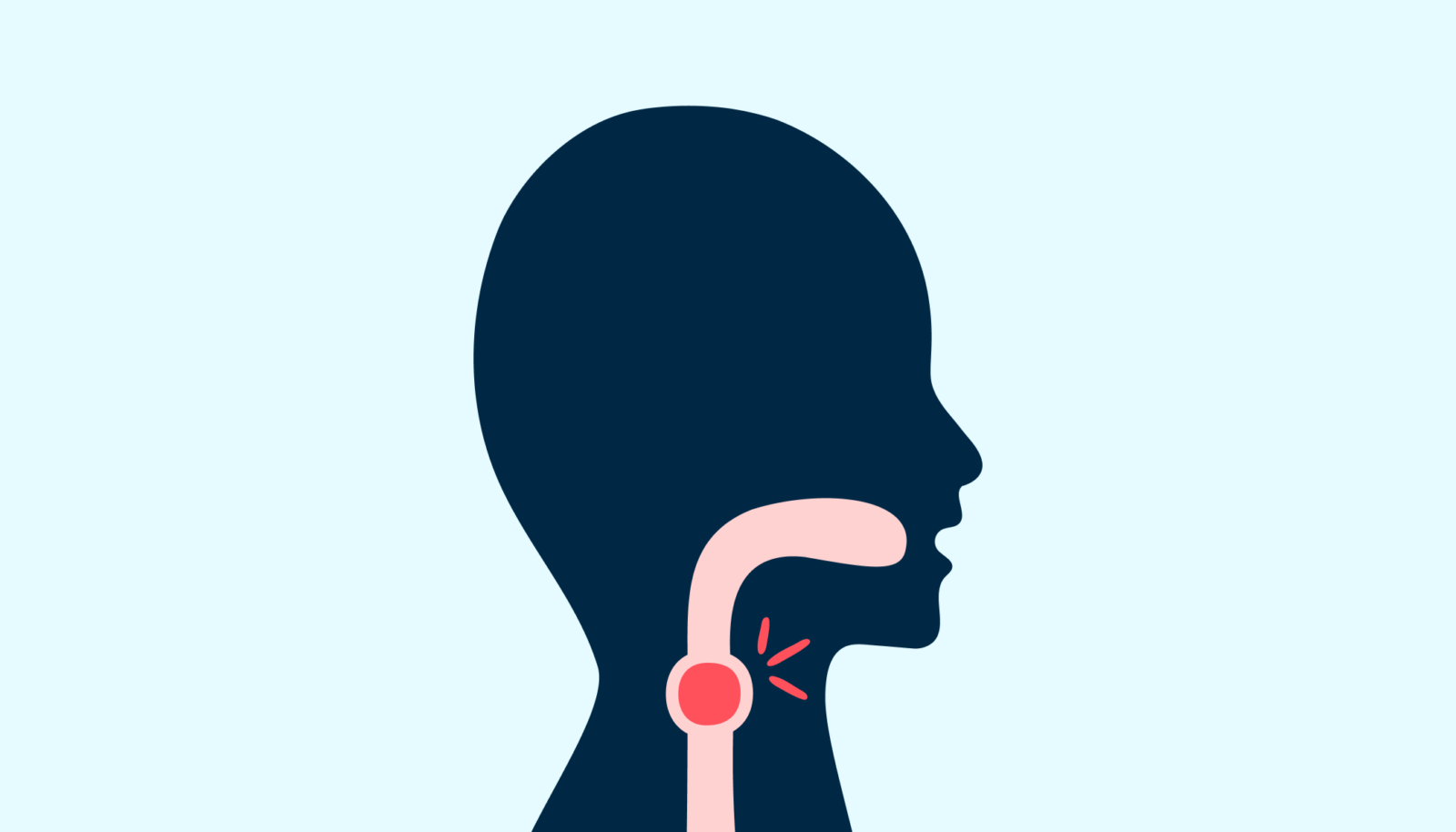First aid is the prompt assistance provided to someone experiencing a minor or serious illness or injury, aiming to preserve life, prevent the condition from deteriorating, and promote recovery. In the context of choking, first aid involves specific techniques designed to dislodge the object causing the blockage and restore normal breathing. Knowing what to do when someone is choking can be the difference between life and death, making it an essential skill for everyone.
Choking occurs when an object blocks the airway, preventing oxygen from reaching the lungs. This guide will provide you with a step-by-step approach to handling choking emergencies effectively.
Understanding first aid training is vital not only for handling choking but also for a variety of other medical emergencies. By enrolling in certified first aid training in Canberra or seeking trusted providers of first aid courses in Cairns, you can equip yourself with the skills needed to manage these situations competently. First Aid Pro is a quality provider of first aid training, offering comprehensive and affordable first aid training courses across Australia.
Understanding Choking
What is Choking?
Choking is a blockage of the upper airway, which can be caused by food, an object, or fluids, preventing a person from breathing effectively. It’s a common emergency that can happen to anyone, but certain groups such as young children, elderly adults, and people with swallowing difficulties are at higher risk.
Signs and Symptoms of Choking
Recognising Choking in Adults
- Difficulty breathing or inability to breathe
- Coughing or gagging
- Clutching the throat (universal sign for choking)
- Inability to speak or make noise
- Wheezing or high-pitched sounds
- Skin turning blue (cyanosis)
- Loss of consciousness if not relieved
Recognising Choking in Children and Infants
- Inability to cry or make much sound
- Weak, ineffective coughing
- Difficulty breathing, with the chest sinking in
- Pale or blue skin
- Panic or distressed facial expressions
- Loss of consciousness
Immediate Steps to Take When Someone is Choking
Assess the Situation
The first step in a choking emergency is to determine the severity. Mild choking can often be resolved by encouraging the person to cough forcefully, while severe choking requires immediate intervention.
Identify Choking: Ask the person, “Are you choking?” If they can speak, cough, or breathe, the airway is only partially blocked. Encourage them to keep coughing to clear the blockage themselves.
For Severe Choking (Complete Airway Obstruction)
Administer Back Blows
- Positioning: Stand behind the person and slightly to one side. Support their chest with one hand and lean them forward, allowing the object blocking their airway to exit through their mouth.
Execution: With the heel of your hand, deliver up to 5 firm blows between their shoulder blades and check if the blockage has cleared after each blow.
If you’re not successful in dislodging the blockage with back blows, it’s time to try abdominal or chest thrusts, depending on the circumstances or patient’s age.
Perform Abdominal Thrusts
- Positioning: Stand behind the person, wrap your arms around their waist, and bend them forward slightly. Clench your fist and place it just above their belly button. Grasp your fist with your other hand.
- Execution: Pull sharply inwards and upwards up to 5 times. Check if the blockage has cleared after each thrust.
Repeat if Necessary
- Cycle: Alternate between 5 back blows and 5 abdominal thrusts until the blockage is dislodged or the person becomes unconscious.
If the Person Becomes Unconscious
- Lower to the Ground: Gently lower the person to the ground and call 999 or 000 for emergency help immediately.
- CPR: Begin CPR if the person is not breathing. Open the airway and give 5 initial rescue breaths before starting chest compressions.
Common Mistakes to Avoid
Don’t perform the emergency first aid if the person can still breathe, cough, or speak. If they can do any of these things, their airway isn’t completely blocked. In such cases, encourage them to keep coughing and keep an eye on their condition. Only step in with back blows and chest thrusts if the situation gets worse and they show signs of severe choking.
Also, be careful not to use too much force to avoid causing injury.
Abdominal Thrusts for Children
- Kneel Down: To the child’s level if necessary.
- Position Your Hands: Place one hand into a fist just above the navel, grasp with the other hand.
- Perform Thrusts: Deliver quick, upward thrusts. Use less force than with adults.
Key Differences from Adult Procedure
- Use gentle but firm pressure.
- Be mindful of the child’s size and strength.
Choking First Aid Response for Infants
- Position the Infant: Lay them face down along your forearm, supporting the head and neck.
- Give Back Blows: Use the heel of your hand to deliver five firm back blows between the infant’s shoulder blades.
- Turn the Infant Over: If the object is not expelled, turn the infant face-up.
- Perform Chest Thrusts: Place two fingers in the middle of the infant’s chest, just below the nipple line, and give five quick thrusts.
What to Do if the Choking First Aid Fails
If the back blows and abdominal or chest chest thrusts fail to dislodge the object and the person becomes unconscious:
- Call Emergency Services: Immediately dial for emergency assistance.
- Start CPR: Begin CPR as soon as possible, focusing on chest compressions. This can also help to dislodge the object.
Preventing Choking Incidents
Choking Prevention Tips for Adults
- Safe Eating Practices: Chew food thoroughly and avoid talking or laughing while eating.
- Avoid Risky Foods: Be cautious with foods that are commonly associated with choking, such as hard candies, nuts, and chunks of meat.
Choking Prevention Tips for Children
- Supervising Meal Times: Always supervise young children while they are eating.
- Safe Food Preparation for Young Children: Cut food into small, manageable pieces and avoid giving small children hard or sticky foods.
Choking Prevention Tips for Infants
- Appropriate Foods for Infants: Introduce solid foods that are soft and easy to swallow.
- Safe Feeding Practices: Always feed infants in an upright position and avoid small, hard foods like nuts and grapes.
Aftercare and Follow-Up
Post-Choking Care
After a choking incident, it’s crucial to monitor the person for any complications, such as:
- Breathing Difficulties: Ensure their breathing returns to normal.
- Persistent Coughing: Observe for any ongoing coughing or throat discomfort.
- Seek Medical Attention: If there are any lingering issues or if the person was unconscious at any point.
First Aid Pro: Your Partner in First Aid Training
First Aid Pro is a leading provider of first aid training across Australia, offering a wide range of courses designed to equip you with essential skills for handling medical emergencies. Our training courses are affordable and comprehensive, ensuring you receive the best education and hands-on experience in line with the standards of the Australian Resuscitation Council.
By choosing First Aid Pro, you’re not just getting a certification; you’re gaining the confidence and knowledge to save lives in emergency situations. Our wide range of training includes HLTAID009 Provide Cardiopulmonary Resuscitation and HLTAID011 Provide First Aid, and all courses are updated annually to ensure you receive the most current and effective training available.
Conclusion
Understanding what to do when someone is choking is a vital skill that everyone should possess. This step-by-step first aid guide provides you with up to date knowledge to help you act swiftly and effectively in a choking emergency. Remember, prevention is key, and educating yourself and others about choking hazards and first aid techniques can save lives.
Investing in first aid training from reputable providers like First Aid Pro ensures you’re prepared for any medical emergency. Equip yourself with the knowledge and confidence to handle choking and other medical emergencies by enrolling in a first aid course today. Your preparedness can make all the difference when every second counts.













Leave a Reply